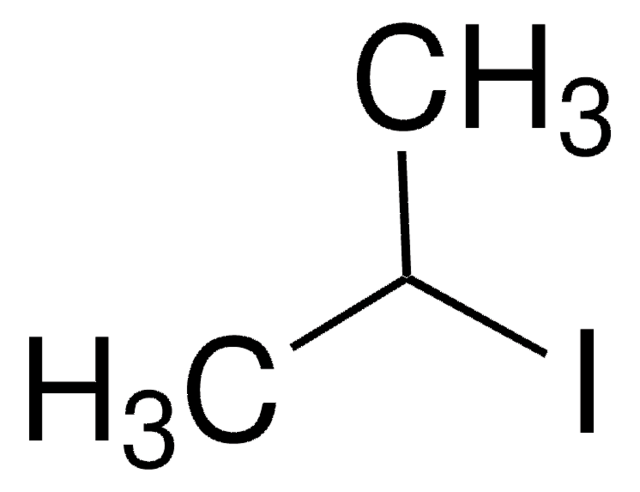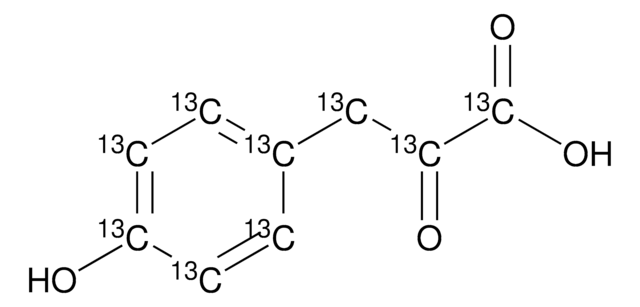09582
Adipic acid
BioXtra, ≥99.5% (HPLC)
Synonym(s):
Hexanedioic acid
About This Item
Recommended Products
vapor density
5 (vs air)
Quality Level
vapor pressure
1 mmHg ( 159.5 °C)
product line
BioXtra
Assay
≥99.5% (HPLC)
autoignition temp.
788 °F
ign. residue
≤0.05% (as SO4)
loss
≤1% loss on drying, 110 °C
bp
265 °C/100 mmHg (lit.)
mp
151-154 °C (lit.)
151-154 °C
solubility
H2O: soluble 23 g/L at 25 °C
anion traces
chloride (Cl-): ≤50 mg/kg
nitrate (NO3-): ≤30 mg/kg
sulfate (SO42-): ≤500 mg/kg
cation traces
As: ≤3 mg/kg
Cu: ≤10 mg/kg
Fe: ≤5 mg/kg
Pb: ≤10 mg/kg
Zn: ≤10 mg/kg
SMILES string
OC(=O)CCCCC(O)=O
InChI
1S/C6H10O4/c7-5(8)3-1-2-4-6(9)10/h1-4H2,(H,7,8)(H,9,10)
InChI key
WNLRTRBMVRJNCN-UHFFFAOYSA-N
Looking for similar products? Visit Product Comparison Guide
Signal Word
Danger
Hazard Statements
Precautionary Statements
Hazard Classifications
Eye Dam. 1
Storage Class Code
11 - Combustible Solids
WGK
WGK 1
Flash Point(F)
384.8 °F - closed cup
Flash Point(C)
196 °C - closed cup
Personal Protective Equipment
Certificates of Analysis (COA)
Search for Certificates of Analysis (COA) by entering the products Lot/Batch Number. Lot and Batch Numbers can be found on a product’s label following the words ‘Lot’ or ‘Batch’.
Already Own This Product?
Find documentation for the products that you have recently purchased in the Document Library.
Customers Also Viewed
Our team of scientists has experience in all areas of research including Life Science, Material Science, Chemical Synthesis, Chromatography, Analytical and many others.
Contact Technical Service







